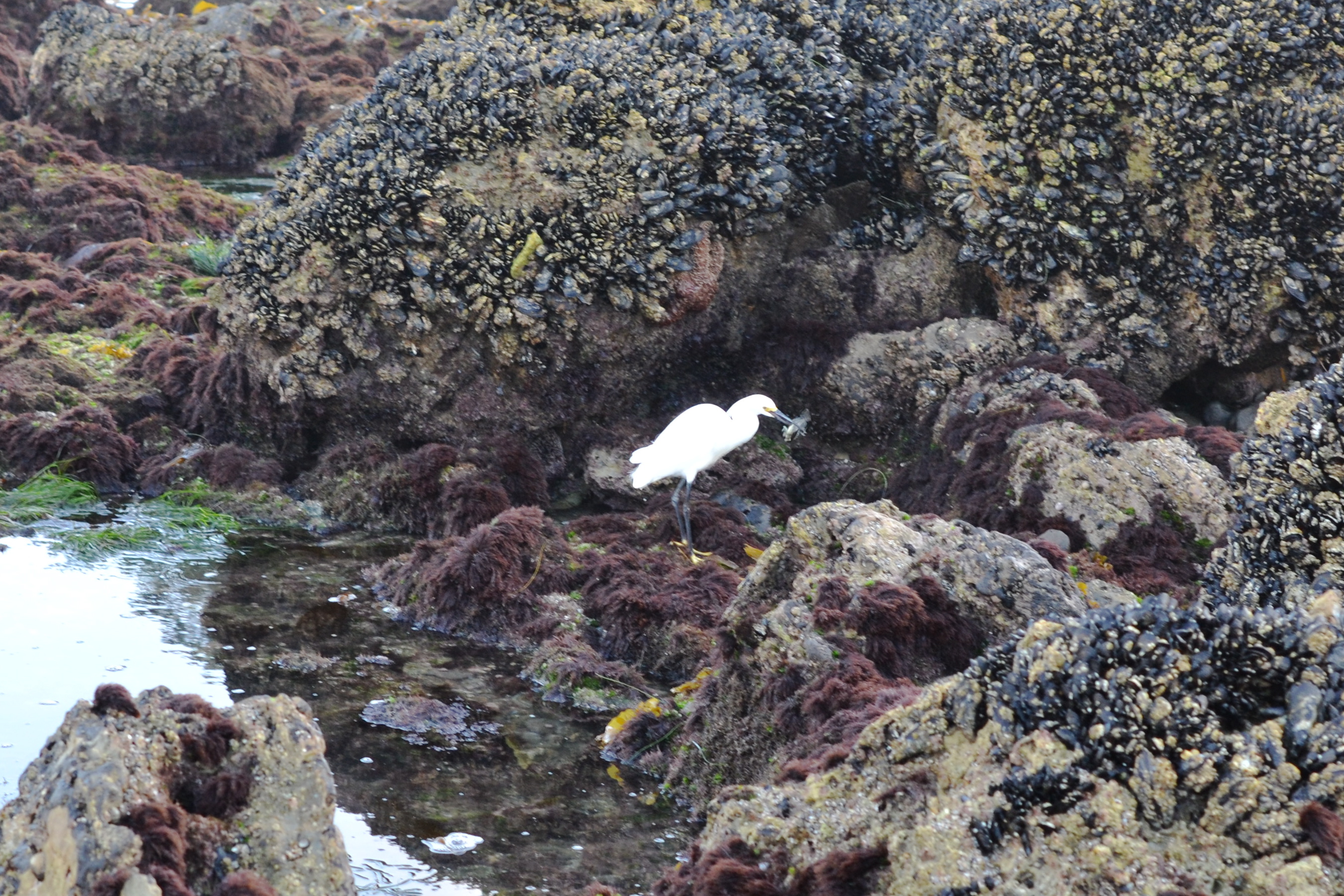By Catherine Drake, Invertebrate Zoology Lab
In early June, I went camping with my family in Southern California at El Moro Campground, a part of Crystal Cove State Park. While there one day, I was excited to learn that there was going to be a -1.8 foot tide at 6 am. So, the next morning, my mom and I woke up bright and early and made our way to Corona del Mar Beach.
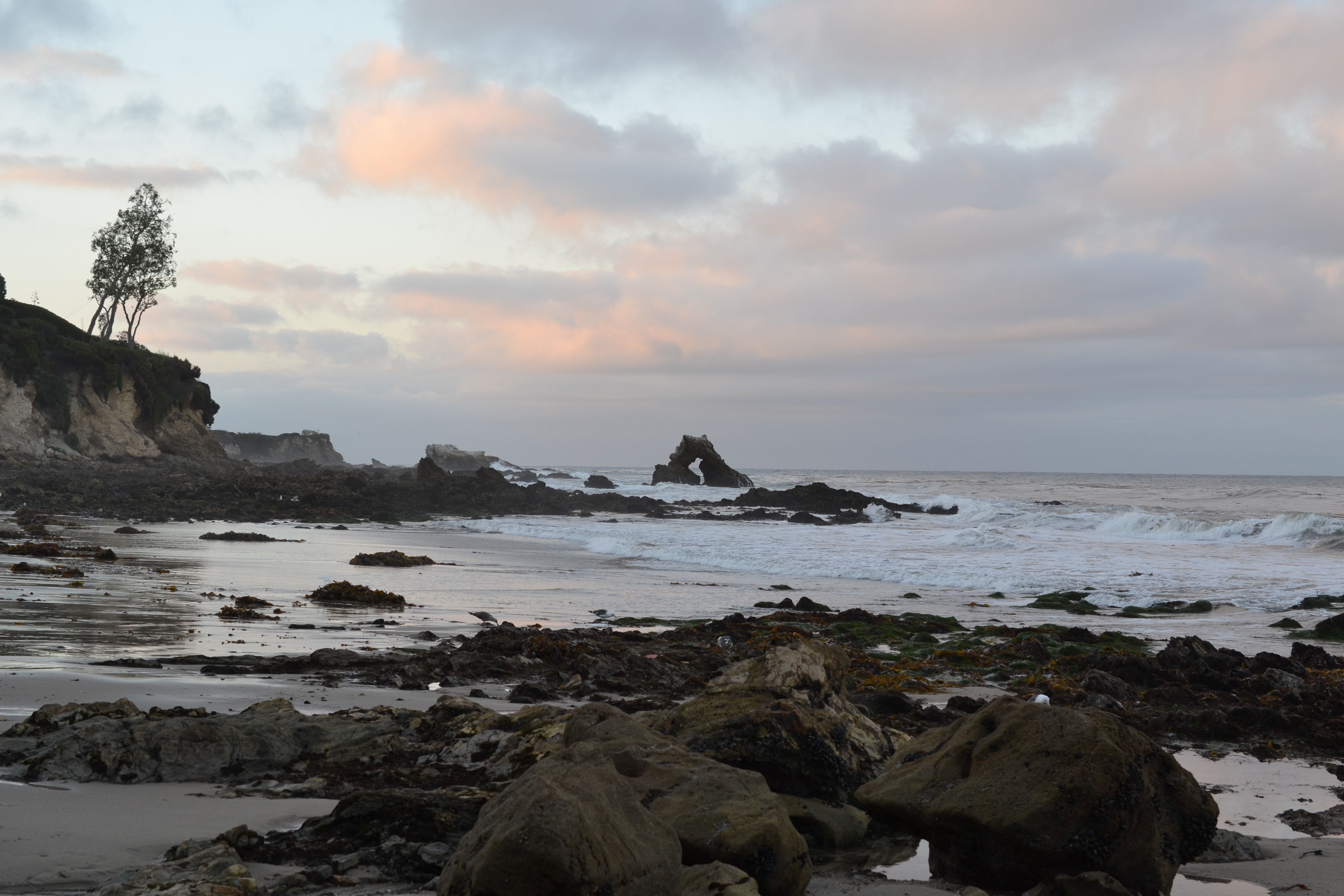
The last time I visited Corona del Mar Beach, which is a relatively unknown tide-pooling location, was about two years ago. I noticed that in this two-year span, this particular rocky intertidal ecosystem changed drastically: the mussel beds expanded, less surfgrass canopied the habitat, and both crustose coralline and red algae filled the void. Ochre sea stars, once abundant on the northern part of the beach, are now flourishing about 100 yards south for better access to the mussel beds.
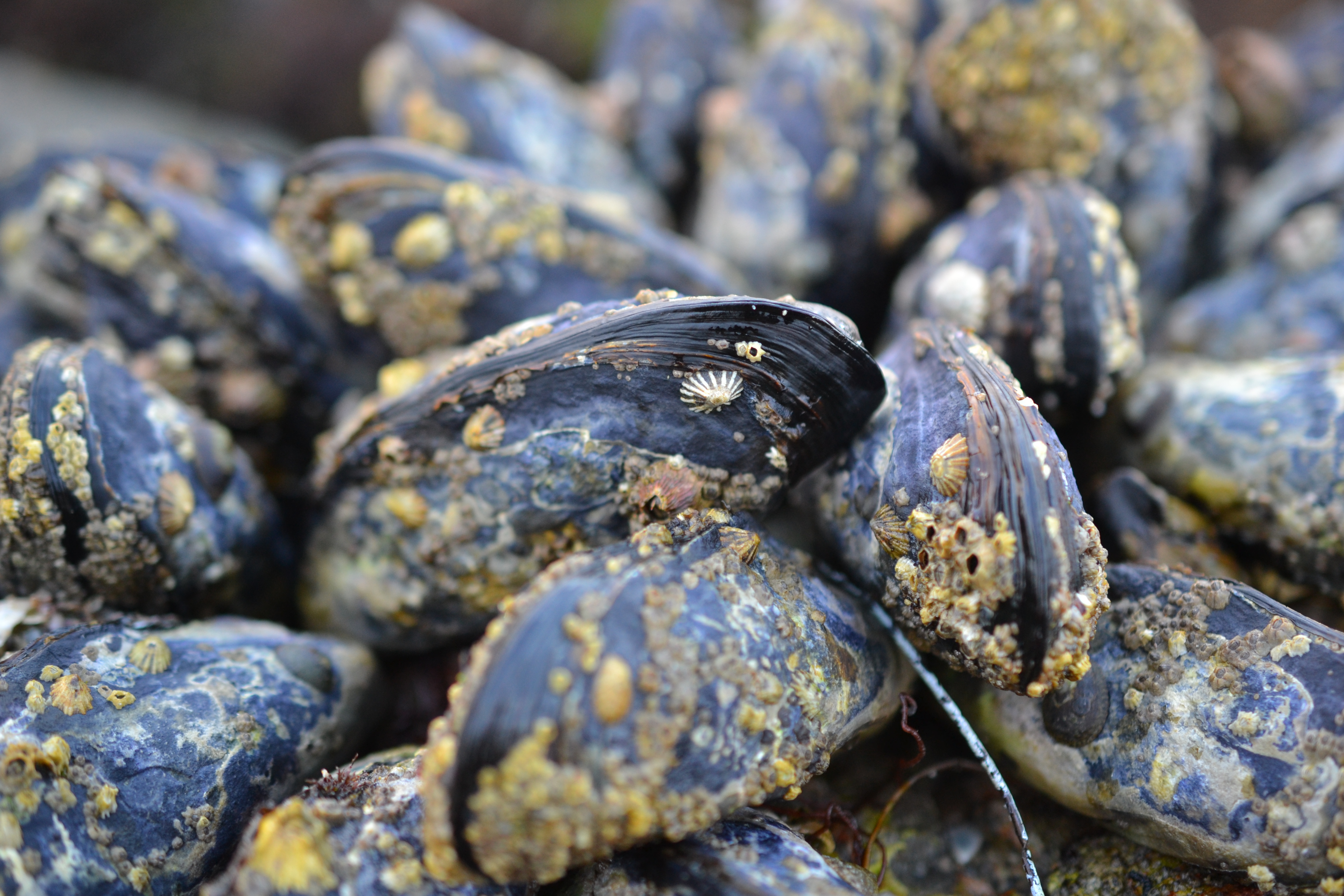
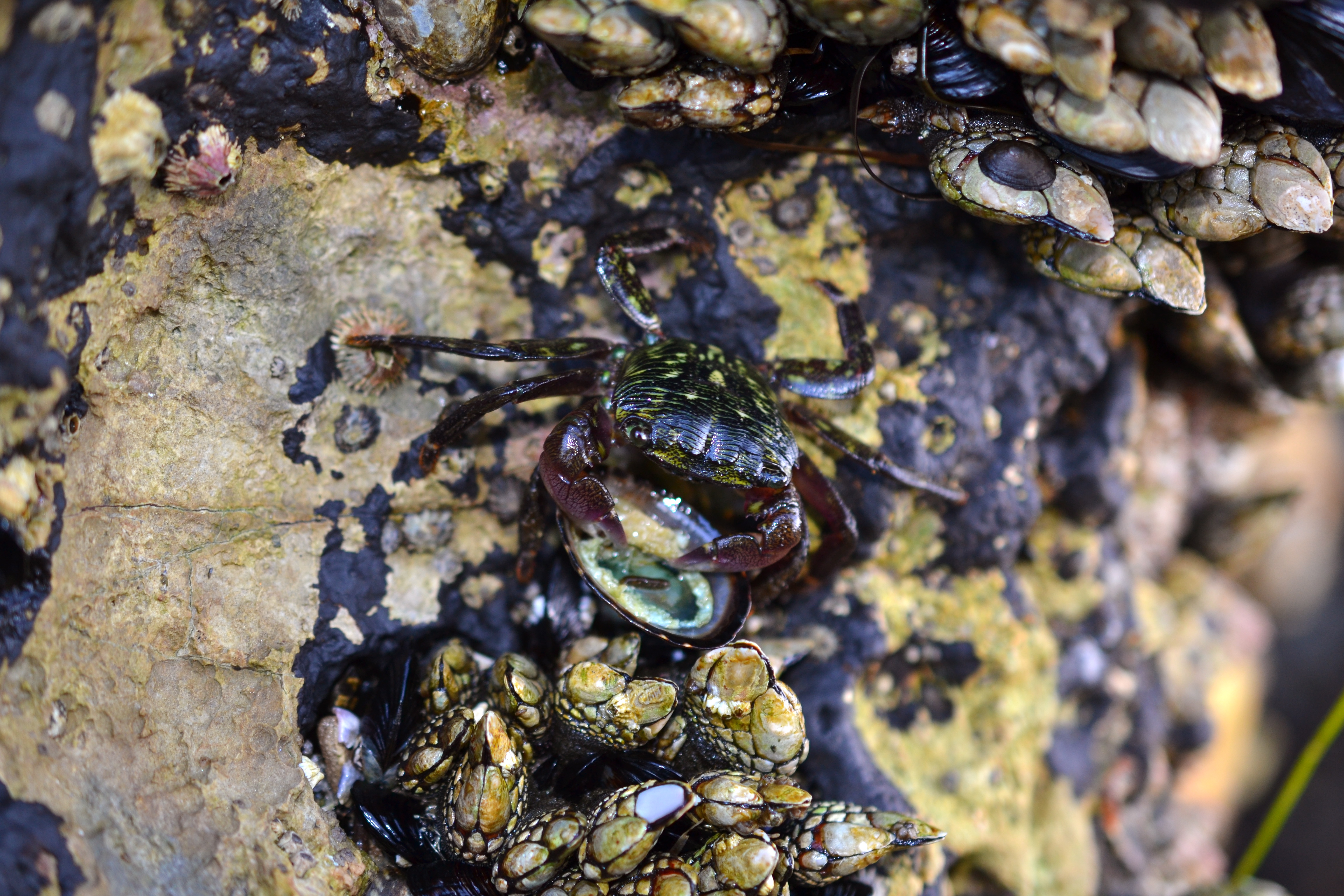
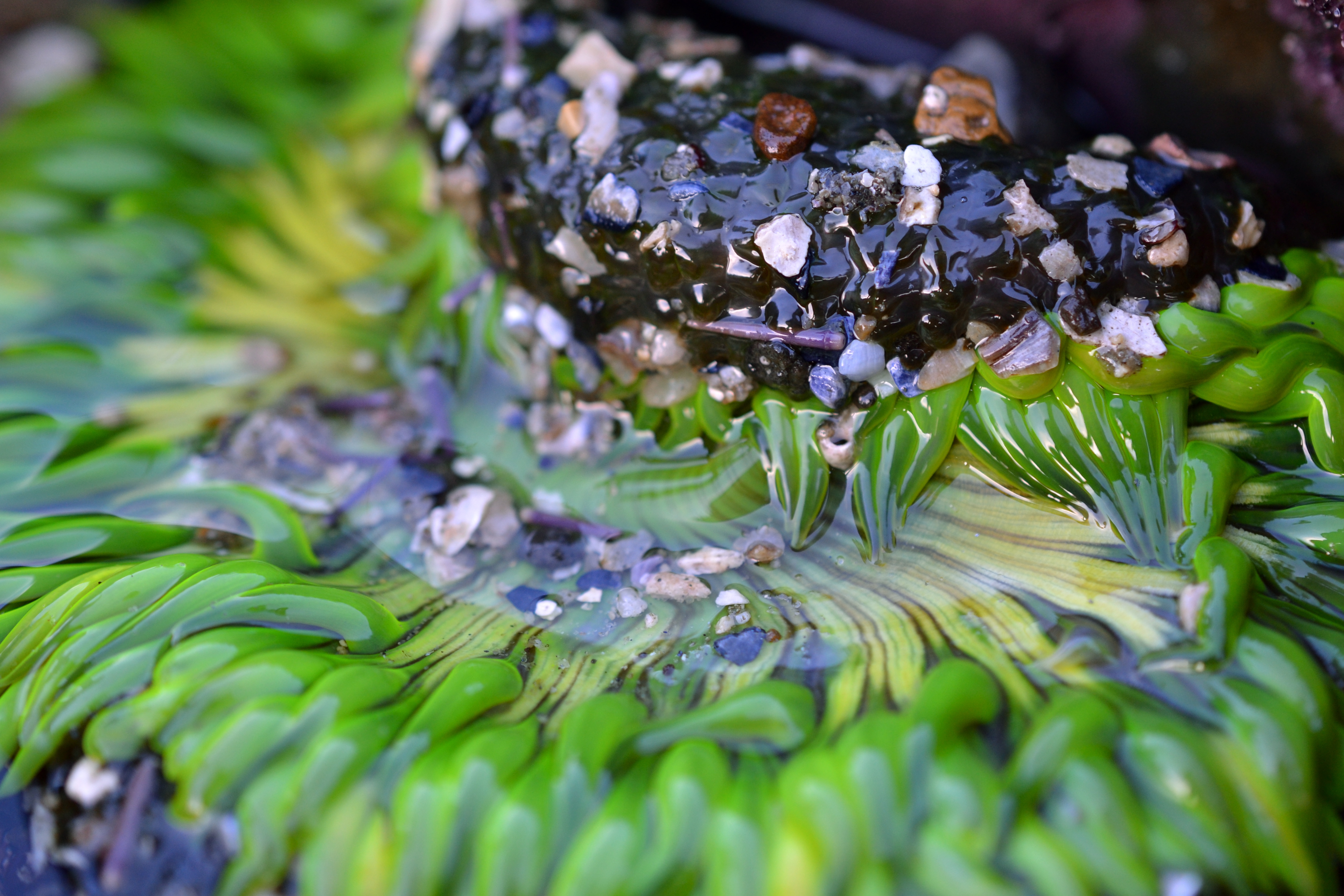
This was by far my favorite tide-pooling experience. I spotted organisms I had never seen in the rocky intertidal before, such as a Hopkin's rose nudibranch (Okenia rosacea). I also was witness to feeding behaviors I had not previously seen, such as a crab eating a limpet as it traversed the rocks, and an egret moving within a tide pool with such delicacy to find its prey, an oblivious fish.
